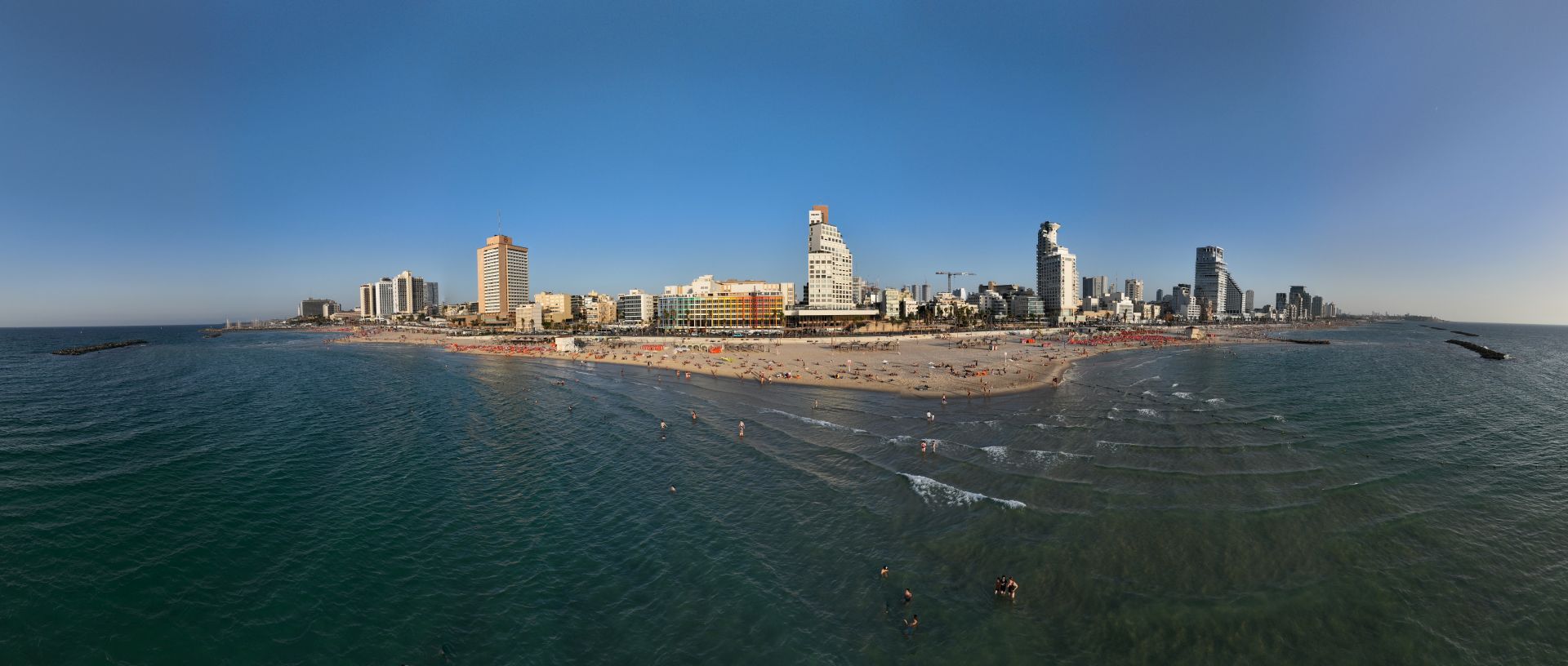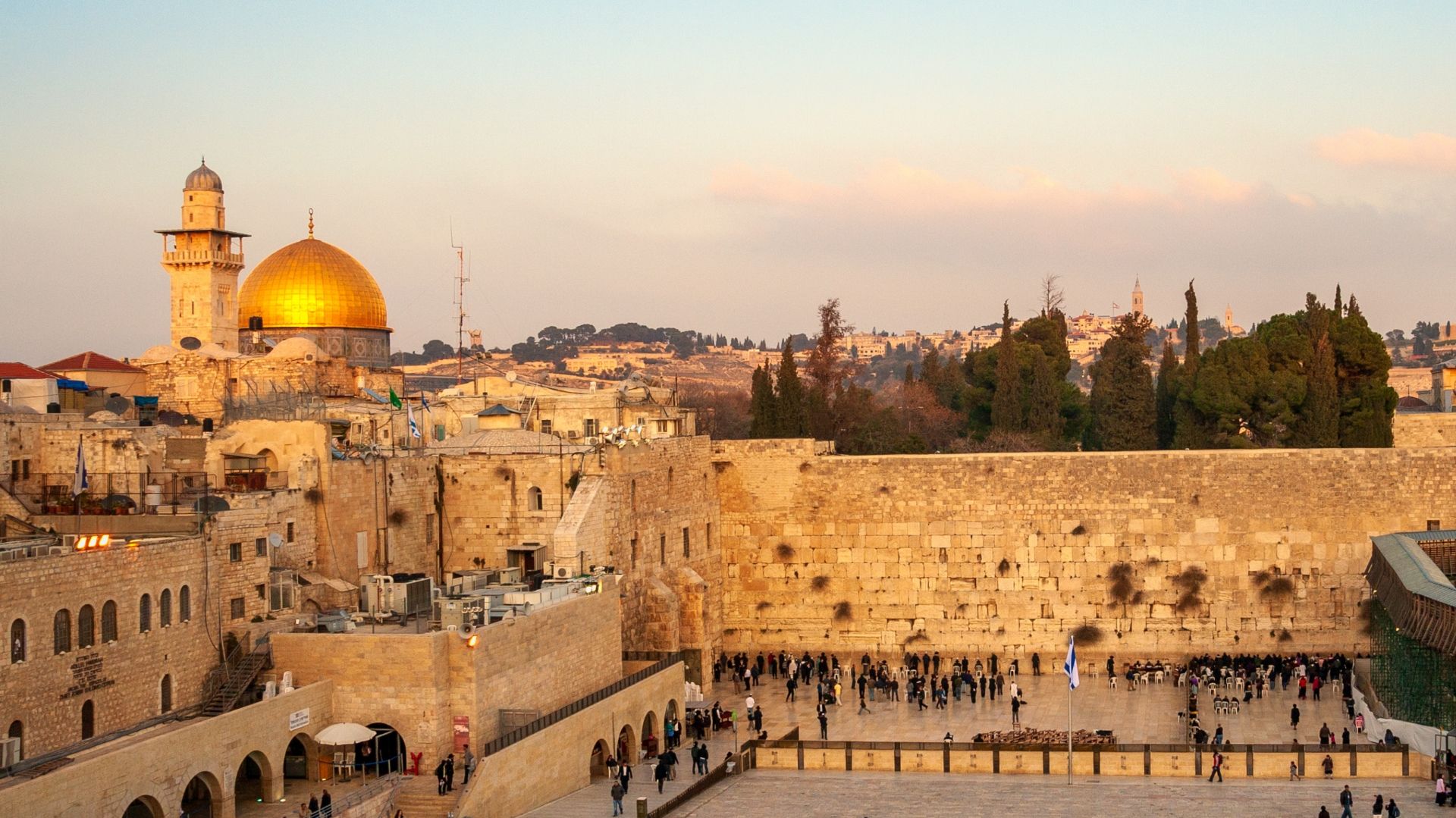The recent fatal earthquakes in Turkey and Syria that claimed the lives of tens of thousands of people are a sad reminder that Israel, which is also located on the Great Rift Valley, is at a constant risk of earthquakes. Together with this fact, the country is also accompanied by ongoing security incidents that require the use of safe rooms in wide areas of Israel.
As part of its obligation to protect the safety and security of the residents, in 2005 Israel initiated the National Outline Plan 38 to encourage strengthening and reinforcement projects of buildings with 3 floors or more that were constructed before 1980. The plan includes various incentives to developers that participate in these projects to justify their economic risk.
What is the National Outline Plan 38/2 Vacate and Reconstruct?
In 2010, Amendment 2 was added to the NOP 38 from the understanding that it is preferable to demolish the old building and build a new building in advanced standards instead rather than renovate the shell only. The tenants are entitled to a new apartment in the new building, and until then, the developer is obligated to lease an alternative apartment for them. According to the amendment, the new building to be constructed under NOP 38/2 will not exceed the lines of the old building, but building rights can be added for the benefit of both the tenants and the developer. This sector is considered one of the raging areas in every project and includes various issues such as the addition of floors to the building, space to the existing apartments, a safe room in every apartment, and a balcony, parking or storeroom.
NOP 38/2 offers many advantages to the tenants, mainly the addition of rights to extend the existing apartments by 25 square meters as well as a balcony and parking. The tenants benefit from a new building built according to current construction, infrastructure and environmental protection standards. Their safety and security will also be maintained with the addition of a safe room in every apartment, new and strong foundations and shell that can withstand strong earthquakes, the addition of an elevator, which is mandatory under current accessibility standards, additional parking solutions, significant improvement in the appearance of the building and more. The developers on their part can construct and sell new apartments in the building and increase their profit from the project.
NOP 38/2 in numbers
Both types of NOP 38 projects have become popular among tenants and developers. Since 2020, the number of building permit applications and permits issued for NOP 38/2 projects has exceeded those for NOP 38/1 projects. The leading city in the number of permits for such projects in 2022 is Tel Aviv, where 177 buildings received permission to implement the project. Next by a large gap is Haifa with 56 buildings, and third is Jerusalem with 55 buildings. The rise in demand for these projects has led to a significant lengthening of time for issuing the building permits. According to a study conducted by the Madlan website, the average time for issuance of a NOP project permit in 2022 was up to three years and eight months, which incr4eases by two months annually.
Along with the many advantages of NOP 38/1 Vacate and Reconstruct projects, there are also risks to the tenants and the developer. The tenants, who leave their apartment throughout the project, are at risk that the project will be stopped in the middle due to economic difficulties of the developer. They must also exercise their rights with the authorities and the developer. The developer could also encounter obstacles, the most well-known being obtaining the consent of at least 80% of the tenants, as required by law.
The key to success
The key to the success of a NOP 38/2 Vacate and Reconstruct project that leads to significant well-being for the tenants and a worthwhile profit for the developer, lies in coordination between the parties and proper representation of their rights. A professional and experienced real estate agent throughout the project assists the tenants with proper organization, and brings them the most suitable developers for the project – those with significant knowledge and experience as well as secure financial strength. After choosing the developer, the agent represents the parties vis-à-vis each other, including handling of specific issues. All of the above facilitates the execution of the project to the benefit of both parties, and makes it easier for the developer to deal with everything required for approval and execution of the project on a high level and in the shortest time possible.





